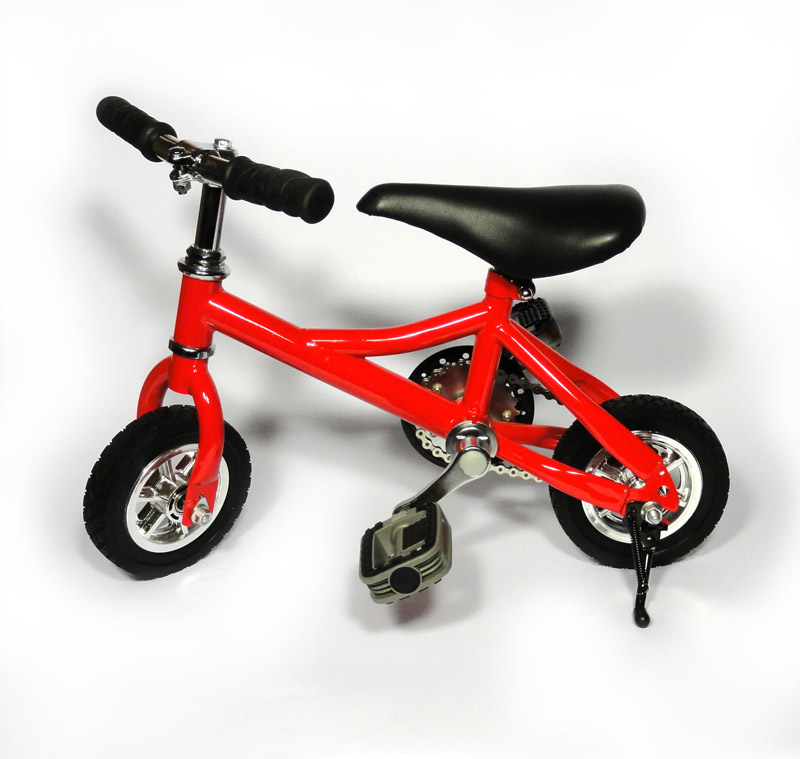Props used in Balance Skills
Balance Skills involve balancing and having precise control of your whole body. Here is a short list of the usual props used for Balance Skills.

Balancing
Balancing refers to keeping a prop static while balanced on a part of one's body, usually their head, fingertip or nose. This can be done with a variety of props, from balls to unicycles. Once mastered while keeping still, one can add dance and juggling skills to liven up the performance. Head bouncing is a similar skill which leads on from balancing.

Spinning Plates
Exactly what it sounds like; this skill involves spinning a plate, bowl or other flat object on a pole. Often, to make the act more exciting, performers will attempt to spin multiple objects and keep them all spinning at the same time. The world record is currently 108 plates.

Acrobalance (Acro)
This is a social skill; one that involves 2 or more people. Practitioners are usually assigned the role of ‘Base’ and/or ‘Flyer’. A Base is the foundation of the trick. The Base is there to support the Flyer off the ground as they perform various moves/positions. In more complex patterns, a Flyer may also Base another Flyer.

Rola Bola (Balance Board)
Similar in appearance to a tiny, one-person see-saw, the performer stands on top of the board with one foot either side and attempts to balance it. There are four types of Rola Bola; Rocker, Rocker-roller, Wobble and Sphere-and-Ring. The most common is a Rocker-roller which, in it's simplest form looks like cylindrical plastic piping with a wheel-less skateboard on top.

Teeter Board
More like an actual see-saw, this is a social Circus skill which requires a team of Flyers, Catchers, Spotters and Pushers. This prop is designed to propel the Flyer upward so as to land on either another prop or on top of an Acrobalanc pattern.

Fun Wheel
A great prepration before learning to unicycle, Fun Wheels are simple bi-pedal, bi-wheeled cycling appartuses without any bars or saddle. They are generally used during Clowning or in combination with a Juggling-based Skill.

Pedal-Go
Similar to Fun Wheels, Pedal-Gos are a little easier, having four wheels and foot pads rather than just pedals.

Impossible Wheel (Ultimate Wheel)
Moving on from the Unicycle, the Impossible Wheel adds a level of difficulty which can only be achieved by taking away the saddle and pedals. While competency at unicycling would be a big help in learning this skill, it is not a necessity.

Unicycle
Similar to a bicycle but with half the wheels and twice the fun. The pedals are attached directly to the hub which contains the axle of the wheel allowing for direct control. There are many types of unicyles; Giraffe, Geared, Multi-wheel, Kangaroo, Mountain, and Freewheler, to name a few.

Artistic Cycling
A form of performance cycling using specialized, fixed-gear bicycles. The performer acts out a series of acrobatic stunts and can even team up to perform Acrobalance while on the bicycle.

Clown Bike
Designed for the comedic aesthetic of an adult performer on a prop that is much too small for them, this prop tends to only be used in Clowning. Basically a tiny bicycle, which may also be fixed gear so as to enable bi-directional pedaling.

Tightrope (Funambulism)
A piece of wire or rope is tied between two fixed points in a high tension dynamic. Often performed using a balancing prop such as an umbrella but ths is not necessary.

Slackline
Similar to a Tightrope, but instead made of a flat nylon or polyester webbing and kept with a slack which makes it easier to perform balance stunts like one might on the Russian Bar.

Stilts
There are many forms of Stilts in use today; Hand-Held, Peg, Dura and Spring, to name a few. At their simplest they are wooden poles with foot pads onto which the performers legs are strapped, allowing them to walk freely.

Walking Ladder
Although everyday bog-standard ladders can be used for this purpose by experienced performers, the normal prop used for this Skill is wider and not as high as a regular ladder and have a bigger gap between its top and penultimate rung. The performer will climb to the second highest rung and press their legs against the sides of the ladder in order to steady it.

Walking Globe
Essentially a giant solid ball which the performer will walk along or perform acrobatic and/or Juggling-based tricks upon. In order to stay balanced the performer must constantly be in motion, often utilising a rocking motion known as idling to stay in place.

Russian Bar
A trampoline, balance beam and gymnastics bars all in one, the Russian Bar is a flexible vaulting pole which requires two Porters to control the bar about 5 feet from the ground while the Flyer performs acrobatic tecniques both on it and in the air above.

Russian Swing
This skill usually requires a team of acrobats who stand on the platform of this floor-mounted swing to increase the centrifugal force of the Flyer who jumps from it at the peak of the swing in order to perform aerial acrobatics and land on either another prop or in an Acrobalance pattern.

